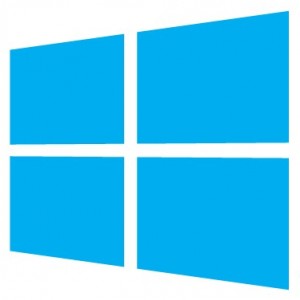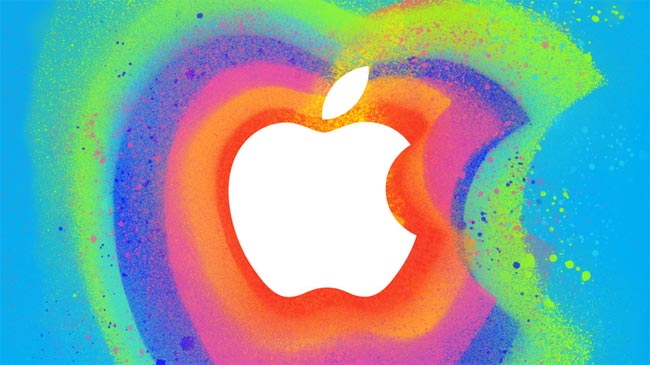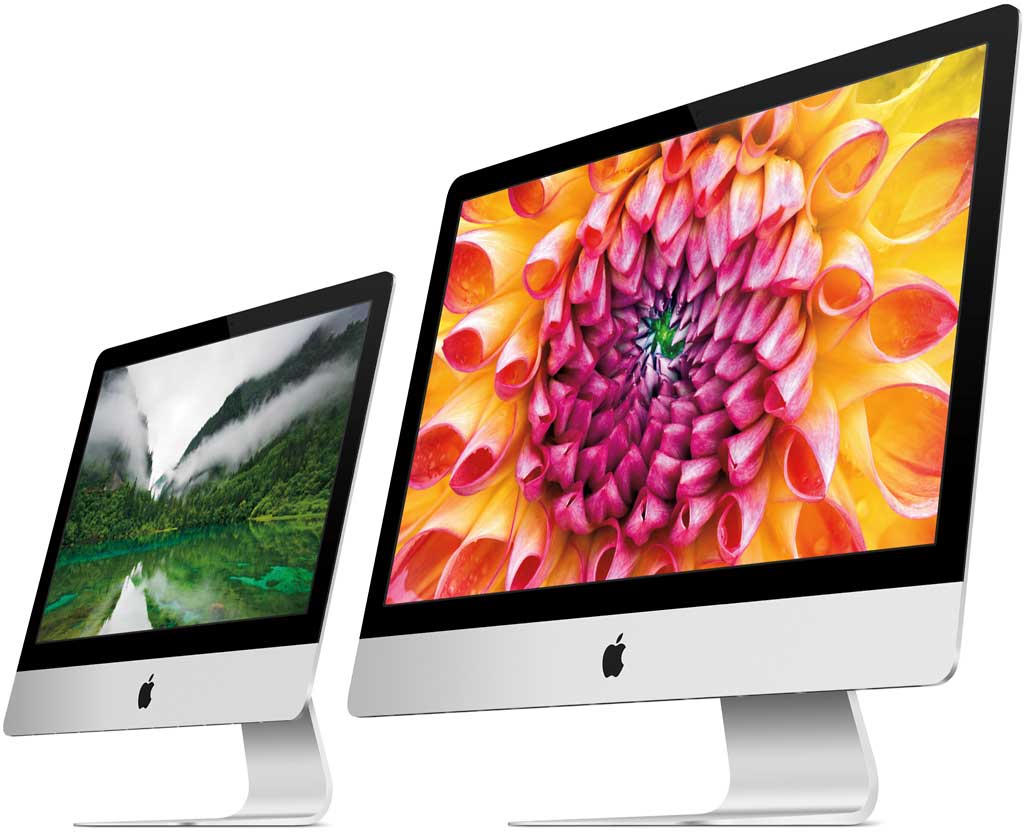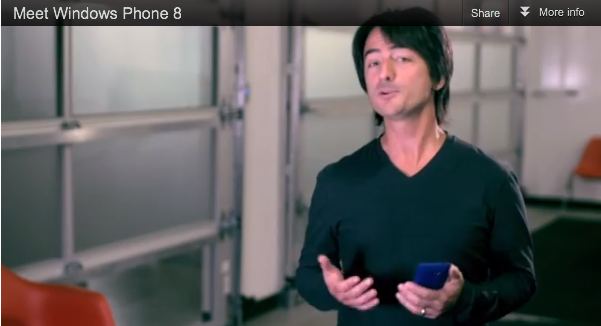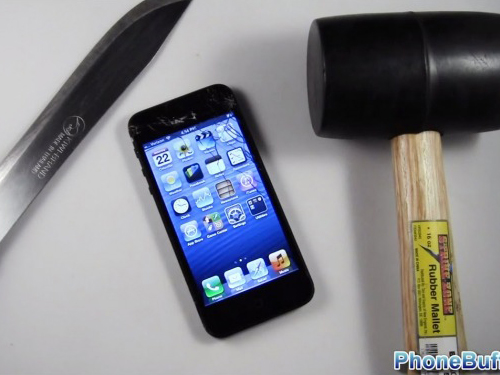Amidst all the talks of the newly launched Windows 8 and Windows Phone 8, talk has naturally focused on the specific systems. In the case of Windows Phone, the features have been getting all the attention – what does it offer? Is it as good as the iPhone? What most people aren’t observing, though, is the ecosystem; and it’s the ecosystem that is Microsoft’s main strength.
Apple positioned itself as the media leader with the release of the iPod and iTunes, and the reputation has only strengthened with newer incarnations of the iPod and iTunes’s increasing amount of content. Microsoft was never a serious contender to this crown because its services just weren’t very good – the home media centre was clumsy and complicated at best; Windows Mobile was outrageously cumbersome; and it just didn’t have the music and video content to compete with Apple. Microsoft had a reputation as the Old Guard, too far gone to ever compete with the trendy Apple.
But Microsoft had something of worth: the Xbox. With humble origins as a simple games console, it quickly blossomed into a media hub where you could watch things like BBC iPlayer and 4OD. Today you can use any number of apps, browse the Web, connect with friends, rent or buy films from Xbox (previously Zune) or streaming services like Netflix and LoveFilm. Then came Kinect, which lets users swipe their hand and scroll through their content, or talk to the console and tell it what to do, including Bing searches. The Xbox was Microsoft’s foot in the modern world that the company had to utilise to stay relevant in today’s world of sparkly, fast gadgets that rely on connectivity and being social.
Microsoft has utilised it to a commendable degree. While previous incarnations of Windows theoretically had home entertainment capabilities, they weren’t great. Windows 8 and Windows Phone 8, however, really show what the ecosystem is capable of. The Smartglass app allows users to play a film on their tablet, then let the Xbox pick it up to continue playing, and switch it back to the tablet again. Better yet, when an actor comes on screen, Smartglass on the phone or tablet will tell you who that person is. Tapping on the name will bring up a bio and filmography – it’s like going to their IMDB page, without going to IMDB. If you’re watching a film on LoveFilm and using Smartglass, it automatically sees the film you’re watching and gives you the overview, cast and reviews. You can also pause, rewind and forward the film through the app.
Seeing all the devices work together at Monday’s launch event was an impressive sight, and it highlights the futility in focusing solely on one device’s specs. Forget the devices themselves for now, push aside the nifty features like Kid’s Corner, live updates pushed to your home screen and Nokia’s stunning features in the Lumia 920. What Microsoft has aimed for, and executed marvellously, is a complete home entertainment system. Google’s Web services may be extensive, but they don’t provide anything of this calibre. Apple has something similar with Apple TV, but the communication between the devices isn’t the same. For instance, Apple TV lets you play your media on the TV wirelessly, but the iPhone will not then recognise who is on the screen and tell you all about them, nor does the phone become a remote control. Xbox Music is a Spotify-esque service that provides unlimited streaming, and offline playlists, for a mere £90 a year. Films can be rented or bought from the console, computer or phone and synced seamlessly between the devices through the user’s Microsoft account. Microsoft also made the smart decision of giving users control of their content – media downloaded from Xbox will work on the devices you want it to, not only on Microsoft devices.
While there’s no denying that uptake of Windows Phone remains slow, it’s now clear that Microsoft has created a wonderful ecosystem and the phones are only one segment of that. The Xbox dashboard looks almost identical to Windows 8 and Windows Phone, and that universal design is exciting to see. The ecosystem is visually immersive and extremely attractive – suddenly the grey list on iTunes looks dated. The tiles interface has also been utilised by other companies, including Google’s Play Store, Netflix and LoveFilm, which can only help boost recognition of Windows too. With Microsoft having changed what a PC can look like, there are millions of consumers who may suddenly see the appeal of a personal system like Windows Phone.
Whether Windows Phone 8 gains any more traction remains to be seen, but one thing’s for sure: Microsoft has turned a corner and is reinventing itself as a fresh, vibrant company with what may be the most compelling ecosystem out there – and that’s before we even consider Office, Skype and the business offerings.
